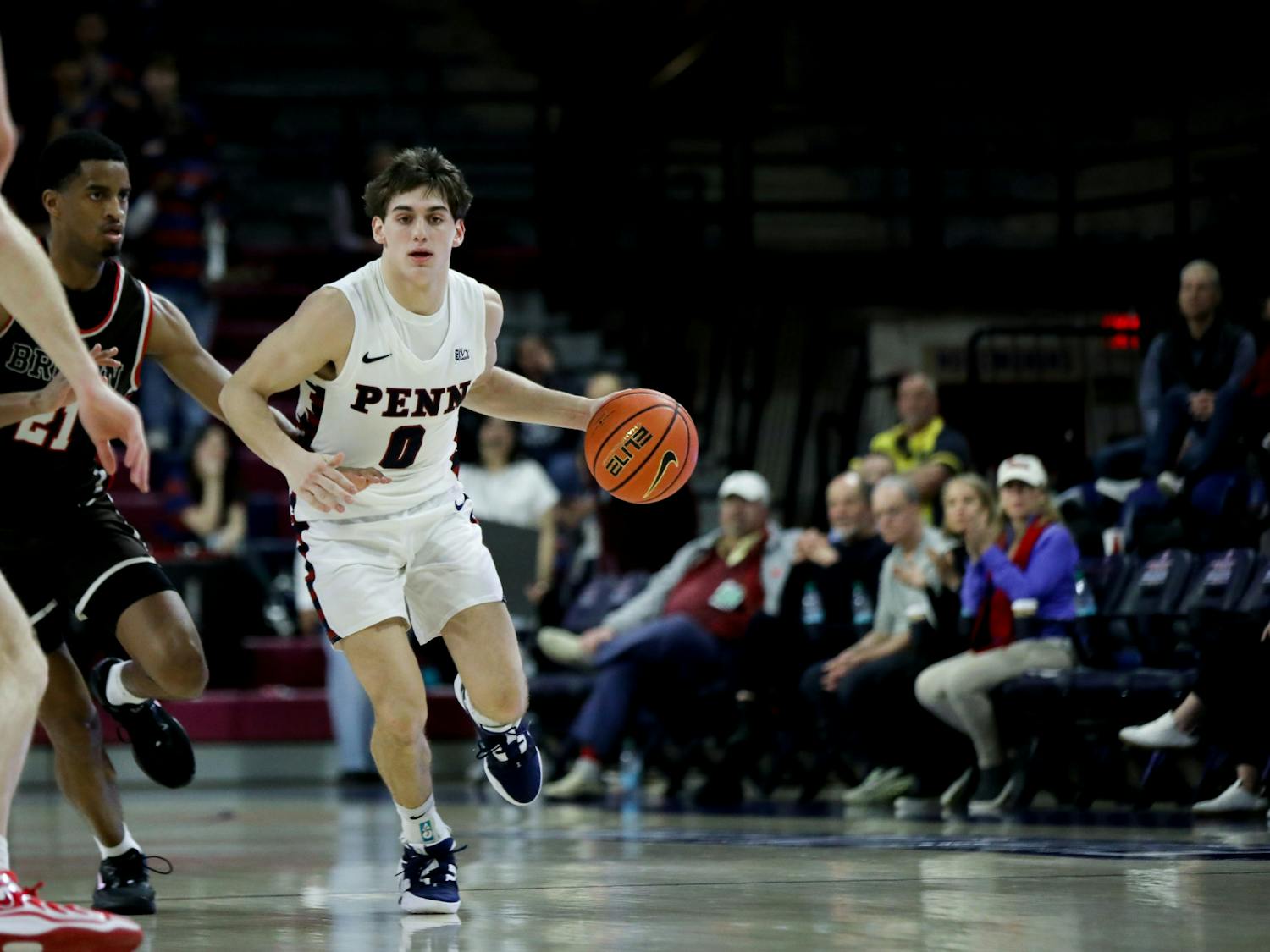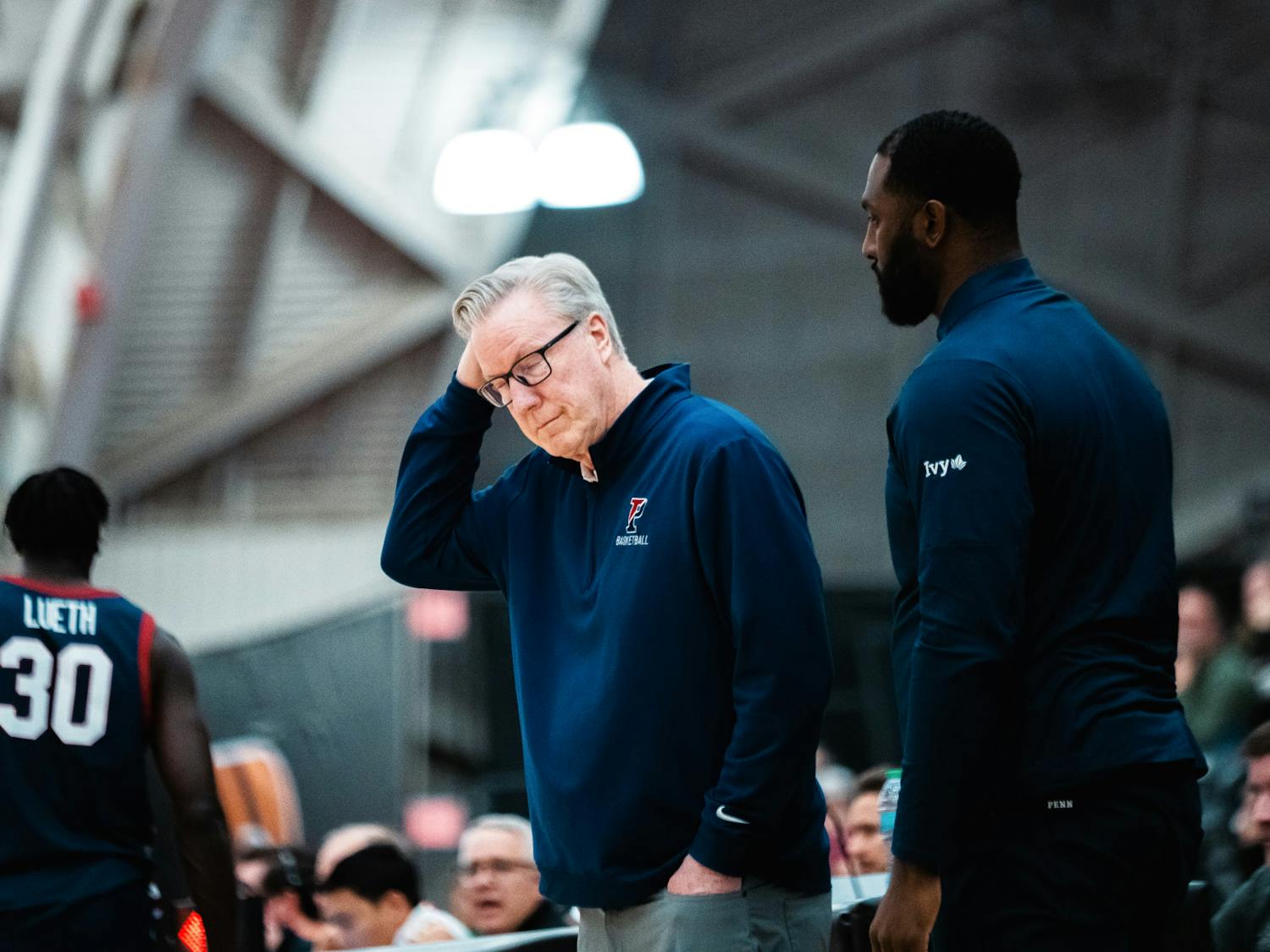The NCAA has released its statistics on revenue distribution to its conferences for 2004, and the 32 conferences that compose Division I have all received a significant boost to their bank accounts.
The NCAA gave out a whopping total of $280,235,890 in 2004, distributed across eight categories which are based on everything from money to cover scholarships to how well a conference's basketball teams do in the NCAA Tournament.
According to Ivy League Executive Director Jeff Orleans, this figure should not come as too much of a surprise.
"It is a lot of money," Orleans said yesterday in an interview. "The CBS contract, plus attendance and licensing revenues, that's a lot of money."
In 1999, CBS agreed to an 11-year, $6 billion contract with the NCAA to televise every game of the Division I basketball tournament except the so-called "play-in game" between the 64th and 65th seeds, which is broadcasted on ESPN.
Much of the revenue that the NCAA distributes across Division I comes from that contract, and the formula for giving out the money was agreed on by the conferences when the contract was signed.
"It had a political aim and a distribution aim," Orleans said. "The political aim was to assure that the I-A conferences, the major I-A conferences, that they would continue to receive about two-thirds of the gross NCAA revenue. And the distribution aims were both to support specific activities, like the student assistance fund, or a certain level of conference office operation, and to provide distributions to institutions and conferences that were basically unfettered, so that people could spend them as they thought best."
This year, the Ivy League received a total of $5,345,045. The Big Ten received the most total money of any conference, $28,105,924 -- more than 10 percent of the total revenue distributed. The Atlantic Coast Conference, the Big 12, the Big East, Conference USA, the Mid-American Conference, the Pacific 10, the Southeastern Conference and the Western Athletic Conference also received in excess of $10 million. It is no coincidence that these are all Division I-A football conferences that include teams that are eligible for the Bowl Championship Series.
There are seven categories of revenue distribution: basketball, academic enhancement, conference grants, special assistance, sport sponsorship, grants-in-aid, student-athlete opportunity and supplemental.
The basketball money is distributed based on a formula of how well a conference's teams have done in the NCAA Tournament over the past six years. By extending it over that long a period, successful conferences are rewarded without having to worry about whether revenues will change dramatically based on a buzzer-beating shot.
The Ivy League received $986,747 in basketball revenue this year. Each conference is generally free to do with that money as it pleases, and the Ancient Eight uses it to fund the Ivy League's offices in Princeton, N.J.
Academic enhancement and student-athlete opportunity money is for student academic support, while the conference grants are given equally to each conference. This year, each conference received $195,612 from that category.
Special assistance money is for emergencies or other unforeseen problems that need to be resolved. For example, when a relative of a player dies, the school can pay for the athlete to fly home and back. It is a somewhat controversial fund, however.
In 2003, Ohio State running back Maurice Clarett could not get that money to fly home for the funeral of a close friend just days before the Fiesta Bowl, which that year was the BCS national championship game. The Ivy League received $288,624 from this category in 2004.
Sport sponsorship money is given out based on how many teams a school has over and above the Division I minimum of 14. The Ivy League gets more money in this category than any other conference, receiving $2,671,261.
Orleans said that the Ivy League has "seven of the top 10 schools" in this category, and that "Columbia makes us eight of probably the top 20."
The Ivy League receives no money from the grants-in-aid category, which is to be expected from the category that is based on a school's athletic scholarships. It is in this category that the major Division I conferences benefit the most, as the money increases exponentially based on how many scholarships are given out within a conference.
For each group of 50 scholarships at a member school, a conference gets one point. For the next set of 50 scholarships, a conference gets two points, then four for the next set of 50, then eight for the next set, and so on. The Big Ten gets the most from this category, receiving $7,624,717, and the Big 12, the MAC, the Pac-10 and the SEC took in over $5 million.
Finally, the supplemental category comes into play when the NCAA finds itself with a budget surplus on its hands. Schools usually benefit from this in two instances -- when the NCAA budgets more money for travel to the NCAA Tournament than it actually spends, and when more is earned in merchandise and ticket sales revenue than expected. The Ivy League received $286,114 in supplemental revenue for 2004.
As to whether or not the Ivy League gets what would be considered a "fair share" of the NCAA's money, Orleans said that "you can argue that question."
"Many of us believe the contributions that everyone in Division I makes to the popularity of Division I sports would merit a different distribution," he said.
"Within the system as it's structured, we certainly have the opportunity to secure a lot of money."
At the same time, he acknowledged the right of a school such as Michigan, which routinely sells out its 110,000-seat football stadium, to claim a bigger share of the pie. In addition, the voting on revenue issues is weighted so that the big conferences can form a majority on their own.
But Orleans said that "in practice, depending on the issue, the economics, there are a lot of different majorities that form."
Orleans had one other minor critique of the big money in college sports, although it had a bit more to do with how the money is spent than how it is distributed.
"I think in the best of all possible worlds we would spend a tangible piece of that money on more and wider [opportunities] for secondary school athletes," he said. "And thus on better educational outcomes for secondary school students, and a little less on some of the ways we spend it in Division I."
But for those who still long for the day that the Ivy League returns to the kind of national sports prominence it enjoyed in years past, the best hope might be to root for a couple of upset wins in the NCAA Tournament, even if Princeton ends up getting the headlines instead of Penn.








